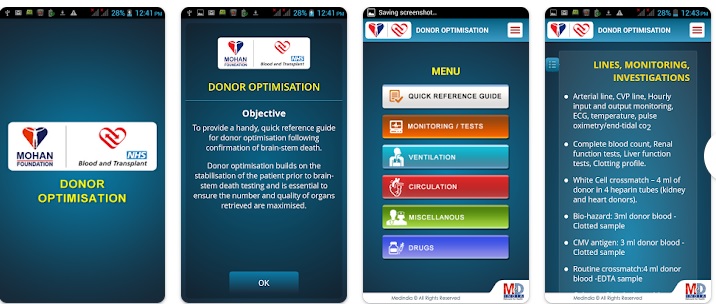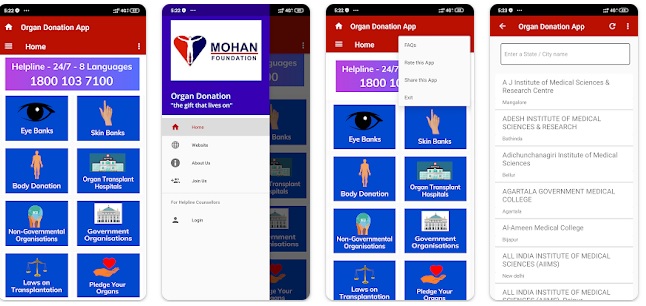Senior Consultant
Urology & Transplantation
Institute of Kidney, Urology & Transplantation, Madras Medical Mission Hospital
How technology has been an enabler organ donation & transplantation in India
Sunil Shroff1, Sujatha Suriyamoorthi Ms1, Hemal Kanvinde Dr1, Jaya Jairam1, Pallavi Kumar Ms1, Lalitha Raghuram1.
1Education & Research , MOHAN Foundation , Chennai, India
Introduction: The advent of information technology has been a great enabler for both organ donation & transplantation. India is well known for its low cost for technology development and skilled software developers. MOHAN Foundation (MF), a non-governmental organization, has leveraged technology through its in-house team to streamline the deceased donation process. THe NGO has developed software and apps that enhance efficiency, transparency, and accessibility to information, ultimately aiming to increase the deceased donation rate. This is supported by a 24/7 online assistance team.
Method: Since 2010, the MOHAN Foundation has been incorporating technology into its deceased donation program. This has led to the creation of an organ recipient waiting list and a streamlined organ allocation registry. Three states - Tamil Nadu, Kerala, and Rajasthan - have utilized the online registry to facilitate the flow of information for organ transplant waitlists. Two apps have been developed for intensive care professionals, focused on brain death certification and donor optimization (Fig.1). Additionally, three apps have been created for the general public, providing information on collection centers, hospitals involved in eye and organ donation and transplantation (Fig.2), and online organ pledging. A toll-free helpline and a chatbot on the website further support these efforts. The brain death donor optimization app was developed in partnership with NHS-BT.


Results
Organ Sharing and Wait List Registry: Between 2010 and 2022, 13,998 patients registered for various organs through the three-state authorities. Out of these, 4,071 organs, including kidneys, liver, heart, lungs, hands, pancreas, and small bowel, were allocated for transplants to patients on the waitlist using the registry software.
Online Pledge Registry & Helpline: From 2012 to 2022, 78,330 individuals expressed their interest in becoming organ donors through the online registry. The helpline fielded 91,717 calls to answer questions about the organ donation process. Over the past decade, the MF's pledge registry and helpline facilitated 188 corneal donations, 21 body donations to anatomy departments of medical colleges, and 9 solid organ donations.
Organ Donation Information App: Launched in 2018, this app has been downloaded 20,000 times and has a 4.5-star rating.
Brain Death Donor Optimization App: Released in 2016, this app has over 2,000 downloads with 4.9-star rating.
Brain Death Certification App: Uploaded in 2020, this app has been downloaded over 1,000 times and has a 4.9-star rating.
Conclusion: In a resource-constrained country, technology can serve as a powerful, cost-effective enabler. Over the past 12 years, MOHAN Foundation has effectively utilized technology to enhance efficiency, transparency, and the ease of information flow, ultimately contributing to an increased deceased donation rate in India.
Lectures by Sunil Shroff
| When | Session | Talk Title | Room |
|---|---|---|---|
|
Sat-21 07:30 - 08:30 |
Global Cooperation projects to enhance organ donation (Part 2) | Perspective from India | Jasmine A |
|
Sat-21 11:00 - 12:00 |
Public Policy | How technology has been an enabler organ donation & transplantation in India | Jasmine A |
|
Thu-19 13:00 - 14:00 |
Public Policy / Education | Transforming lives: enabling organ transplants for the less affordable through crowdfunding | South Seas Ballroom A/B |
